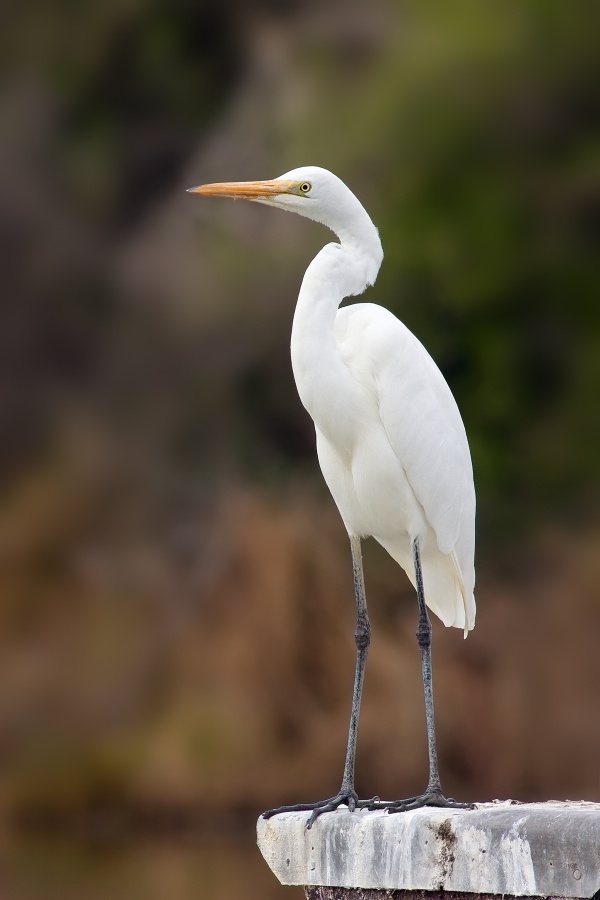Facts About Eastern great egret
The eastern great egret, a striking white heron belonging to the genus Ardea, is often regarded as a subspecies of the great egret. First described by British ornithologist John Edward Gray in 1831, this majestic bird is notably large, measuring between 83 and 103 cm in length and weighing approximately 0.7 to 1.2 kg. Its all-white plumage, black bill during the breeding season (which turns yellow at other times), and long red or black legs make it easily identifiable. During the breeding season, its face acquires a green tint, and it displays long neck plumes and a green facial area. One of its distinguishing features is its exceptionally long neck, which is about one and a half times the length of its body, setting it apart from other white egrets and herons found in Asia and Australia.
The eastern great egret is widespread across Asia and Oceania, with breeding populations in countries such as Australia, Bangladesh, China, India, Indonesia, Japan, New Zealand, Pakistan, Papua New Guinea, Russia, Solomon Islands, Sri Lanka, and Thailand. In Australia, it breeds extensively, with large colonies in regions like the Top End and Channel Country, although it is a rarer sight in Tasmania. This egret's diet consists of a variety of vertebrates, including fish, frogs, small reptiles, birds, and rodents, as well as invertebrates like insects, crustaceans, and mollusks. It typically hunts by wading in shallow waters and using its sharp bill to spear prey.
When it comes to breeding, the eastern great egret nests in colonies alongside other bird species, producing one brood per year. The breeding season varies within Australia, with nests constructed high up in trees. These nests are platforms made of dry branches and sticks, with a shallow basin for the eggs and chicks. A typical clutch consists of two to six pale blue-green eggs.
In Australia, the eastern great egret is protected under the National Parks and Wildlife Act 1974. However, in New Zealand, where it is known as kōtuku, it is highly endangered. There is only one known breeding site at Okarito Lagoon, which it shares with the Royal spoonbill. The kōtuku holds a special place in New Zealand culture, even appearing on the reverse side of the $2 coin, symbolizing rare and distinguished visitors.
